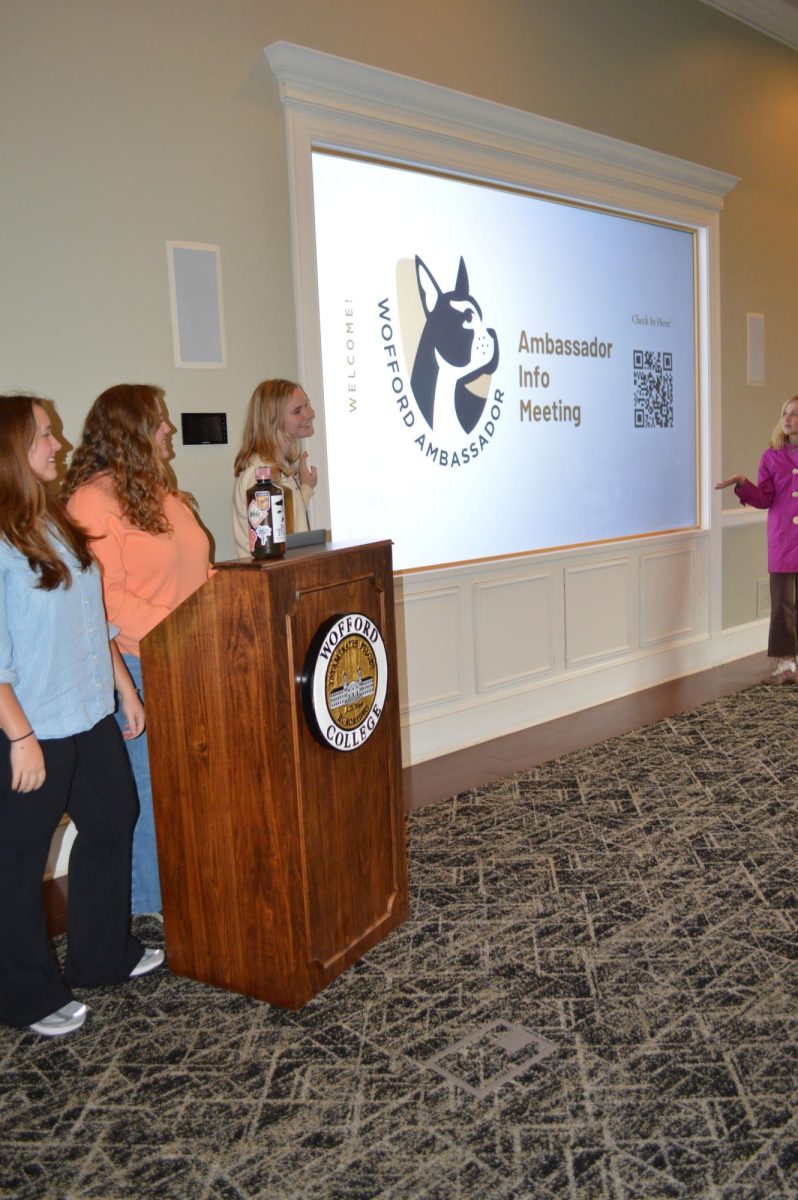The coronavirus isn’t going anywhere
Around the world, the coronavirus has caused a massive amount of panic: shortages of major resources, millions in quarantine or self isolation and the switch to an online, virtually dependent world in which we are currently living are some of the results of this panic. On April 21, “The New York Times” reported that President Trump plans to close the country to immigrants temporarily.
Some of the tension appears to be subsiding with many southern states laying out plans for reopening businesses, including South Carolina and Georgia. Meanwhile, in places like Colorado and Pennsylvania, anti-lockdown protests continue. ABC News tells a story of several health professionals trying to counter the anti-quarantine movements and urging citizens to stay home.
As many as 17 million Americans filed for unemployment in the month of March, according to CNN, in a report dated April 9.
When it comes to numbers, “The Washington Post” reports that the U.S has around 800,000 cases and more than 42,000 deaths, a “significant portion” of the 2.5 million confirmed cases and 170,000 deaths worldwide. According to The Guardian, some top economists even claim that the U.S. has had a “third world response” to the virus outbreak across the nation.
Many have criticized President Trump’s response to the virus, while Trump himself boasts the highest approval rating of his presidency—according to NPR.
Several of these reports are likely to change in the time between this article was written and its publication, but one thing remains clear: the virus will be around for a while longer. According to CBS, top scientists, including Dr. Anthony Fauci, concur that self isolating is the best way to counter the virus until testing in the U.S. is updated. It could be November before the country returns to a semi-normal state, and restaurants and big events would likely have reduced capacities.
Meanwhile, college students are matching the struggle of returning home with the challenges of online learning. Some students are facing an increased workload, while others are trying to function without a proper schedule.
For Wofford College, much remains up in the air. Many decisions have yet to be made about tuition and classes going forward. An announcement on April 18 stated that the first term of summer would be held remotely, and sources say it’s likely the second term will follow similarly. Here is the link to the town hall where some of the staff answered questions about Wofford’s future.
In his closing statements, President Samhat has said that “We will do whatever it takes, if it is in our power and the best interest of students, faculty and staff, to open in the fall as normal.”
Wofford staff continue to reach out with their “Conquer and Prevail” newsletter, a reminder of how, in times of chaos and uncertainty, people can stay together to overcome challenges—even while staying six feet apart.



























